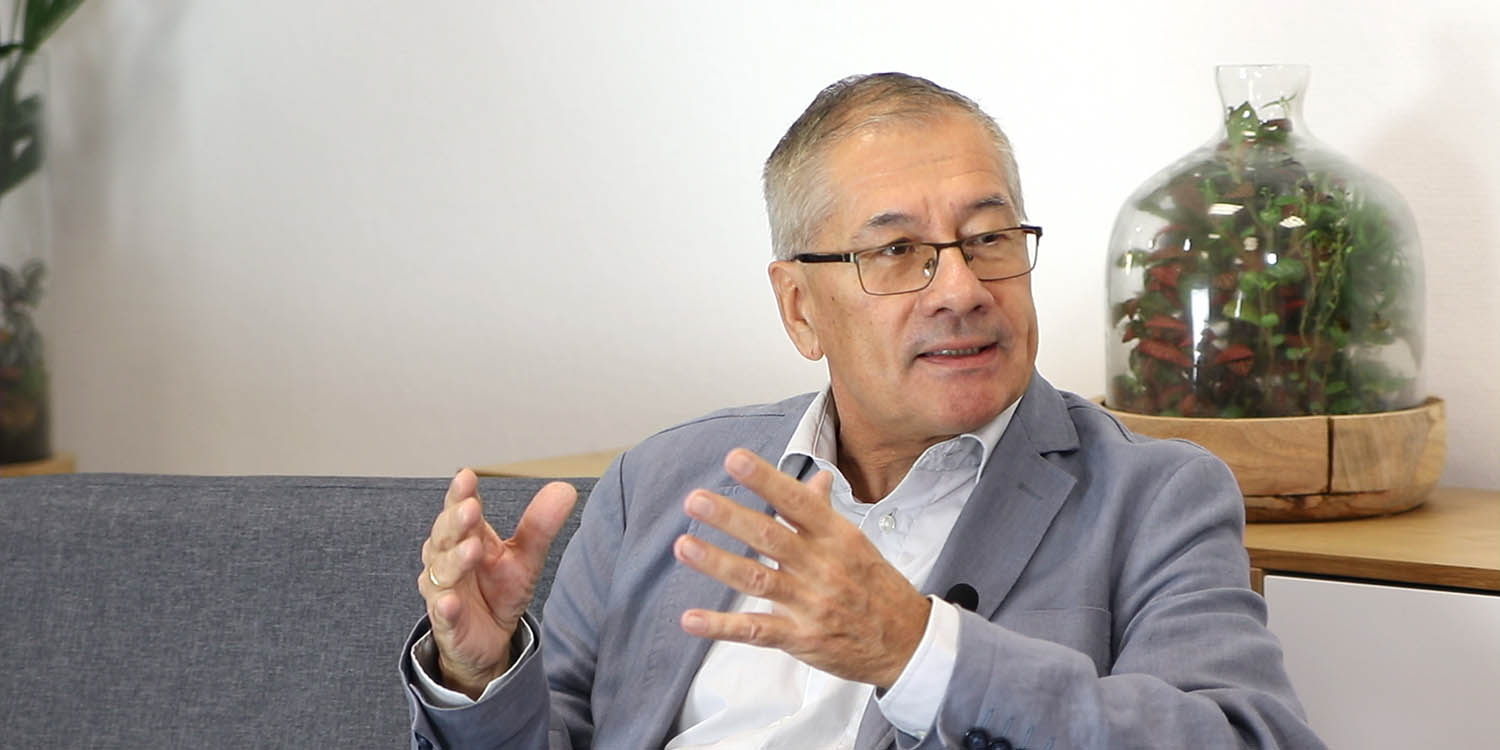The financial optimization of supply chains starts with putting proper measurements in place. Those measurements must be and must remain closely aligned with the company’s strategy. However, too frequently, companies get distracted by non-financial indicators such as the forecasting accuracy.
We can all agree that for almost any business, optimizing your supply chain should factor amongst the major priorities; and to optimize you need to measure. But with so many factors and so much data that flows though any modern supply chain, what exactly should you be measuring and why?
00:08 Introduction
00:53 Laurent, can you tell us a little bit more about yourself?
01:58 What are we looking for when we want to optimize a company’s profitability?
06:55 What about this “trasversal approach” that we see in companies nowadays?
08:39 How should the different departments communicate?
10:09 Is that something we experience here at Lokad with our clients?
14:18 Is there a risk associated with quantifying everything in euros?
21:22 What are the elements that allow us to decide whether to buy something or not?
27:24 Laurent, which are your projects for the future?
28:44 About AI and blockchain. How are they integrated into Lokad? How about the future?
For this episode of LokadTV, we welcome Laurent Livolsi, co-author of “La Logistique une affaire d’Etat ?” (Logistics - a question for the State?) researcher and lecturer in Supply Chain Management at Aix-Marseille University, who also directs a department of France’s national rail systems (SNCF) in the restructuration of its logistics and supply chain. Along with Lokad’s CEO, Joannès Vermorel, he gives his opinion on this matter.
Together we discuss in more detail the numerous facets that play a role in supply chain optimisation, for example the different types of stock and how best to optimize shipments and containers. What can be said is that a supply chain is in fact an entire map of decisions that have to be taken every day.
However, what it all really boils down to is optimizing in euros, dollars - or whatever your currency is - for a company to remain profitable. With so many decisions to be made, how do you ensure that your decision will be the most profitable one?
To conclude, we go into more detail about how the main obstacles blocking many businesses from having more effective supply chains are actually internal ones. For instance, having to try and go against company departments that are resistant to change and even fearful of the new technological tools that are available today. We try to investigate how change can sucessfully be introduced in such circumstances.
